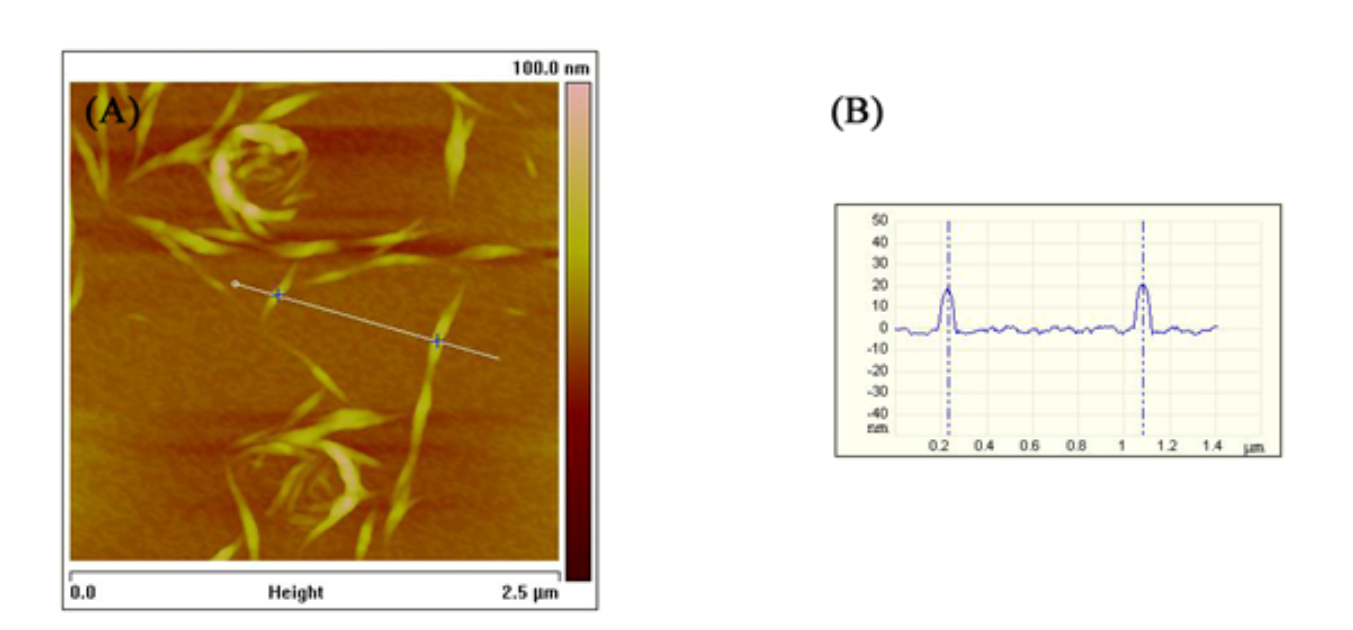Table of Contents
Introduction to Applications of Atomic Force Microscopy
Atomic Force Microscopy (AFM) offers critical insights into surface properties of samples, achieving resolutions comparable to or even surpassing those obtained by Transmission Electron Microscopy (TEM). Unlike Electron Microscopy (EM), AFM allows imaging of liquid samples, making it highly valuable for biological studies. AFM analysis requires minimal sample preparation, further enhancing its utility.
Applications
Imaging of Dry Samples
AFM enables the study of dried specimens deposited on atomically smooth substrates like mica. The capability to achieve resolutions on par with TEM renders AFM a potent tool in nanotechnology without the need for staining.
Cell Biology
AFM’s ability to operate on liquid samples makes it indispensable for real-time studies of biological processes. It has been employed to observe migrating epithelial cells, membrane dynamics, conformational changes in membrane proteins, and the assembly and disassembly of structural proteins in real time.
Nucleic Acid Research
AFM has emerged as a powerful technique for analyzing nucleic acid structures and processes. It has been used to examine three-way and four-way DNA junctions, study the mechanism of branch migration, and observe processes such as DNA replication, transcription, and translation. AFM also facilitates the characterization of nucleic acid self-assemblies.
Force Spectroscopy
In force spectroscopic mode, AFM plots the force between the cantilever and the specimen against cantilever deflection. This technique provides insights into tip-sample interactions and allows the determination of mechanical properties like elasticity and rigidity. It enables mechanical property mapping of specimens.
Biomolecular Interaction
By labeling the AFM probe with ligands for specific receptors, biomolecular interactions can be studied. The binding forces between ligands and receptors are measured as the cantilever retracts, providing insights into adhesion forces.
Protein Unfolding
AFM is used to study protein unfolding. Proteins anchored to gold substrates unfold as the AFM tip retracts, revealing information about mechanical properties of proteins.
Nanoindentation and Mechanical Manipulation
AFM’s nanoindentation technique determines the mechanical properties of thin samples and soft materials, such as biological specimens. It involves pressing the cantilever against the specimen, with indentation depth being proportional to the applied force.
Nanofabrication
AFM probes can be utilized to oxidize metal and semiconductor surfaces, with applications in microelectronic component preparation through electric potentials applied to the tip.
Detection of Defects
AFM aids in detecting cracks and deformations in materials, such as semiconductor materials and electronic chips and circuits.
